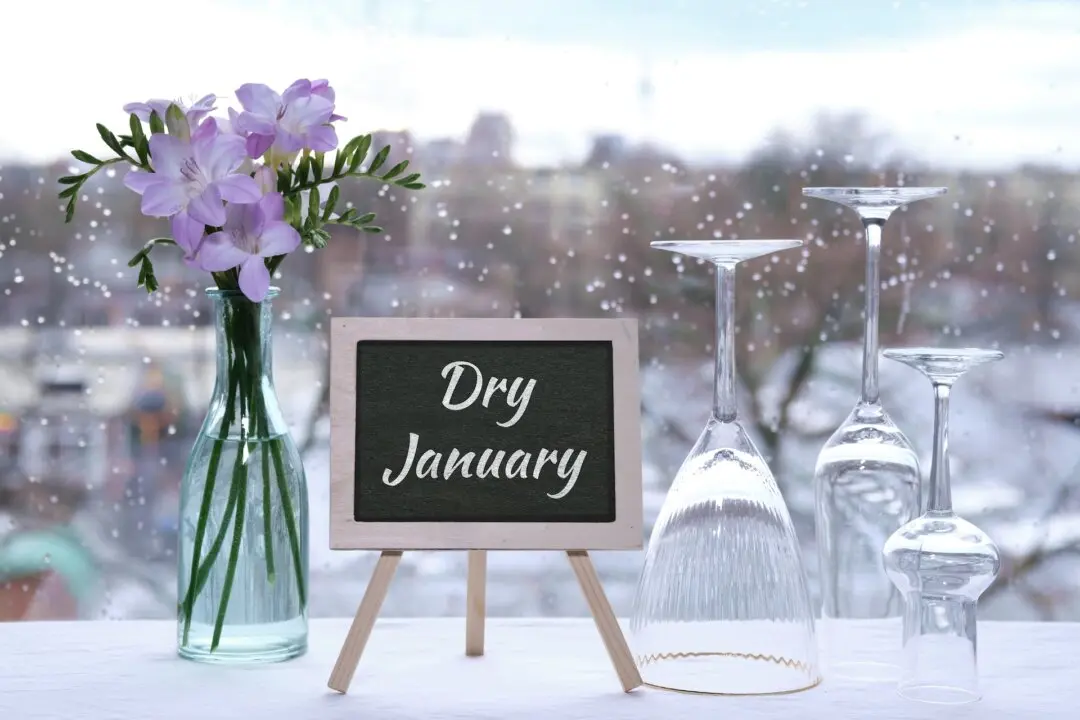One of the most popular categories of wines in the last two years is the nearly ubiquitous blended red wine, which is so popular that it has become synonymous with everyday drinking for millions of Americans.
A couple of weeks ago, a stranger, hearing I was a wine writer, asked me what I thought of a particularly ordinary although expensive (to me) blended red. I say expensive because it’s about $17 a bottle, but I find it to be worth about $5.





